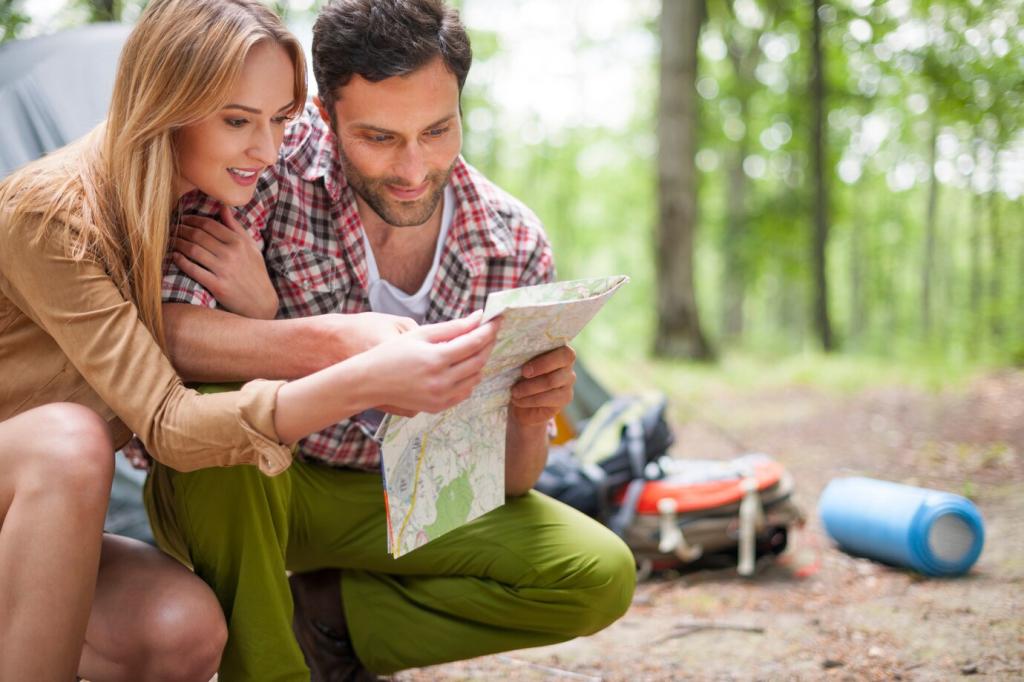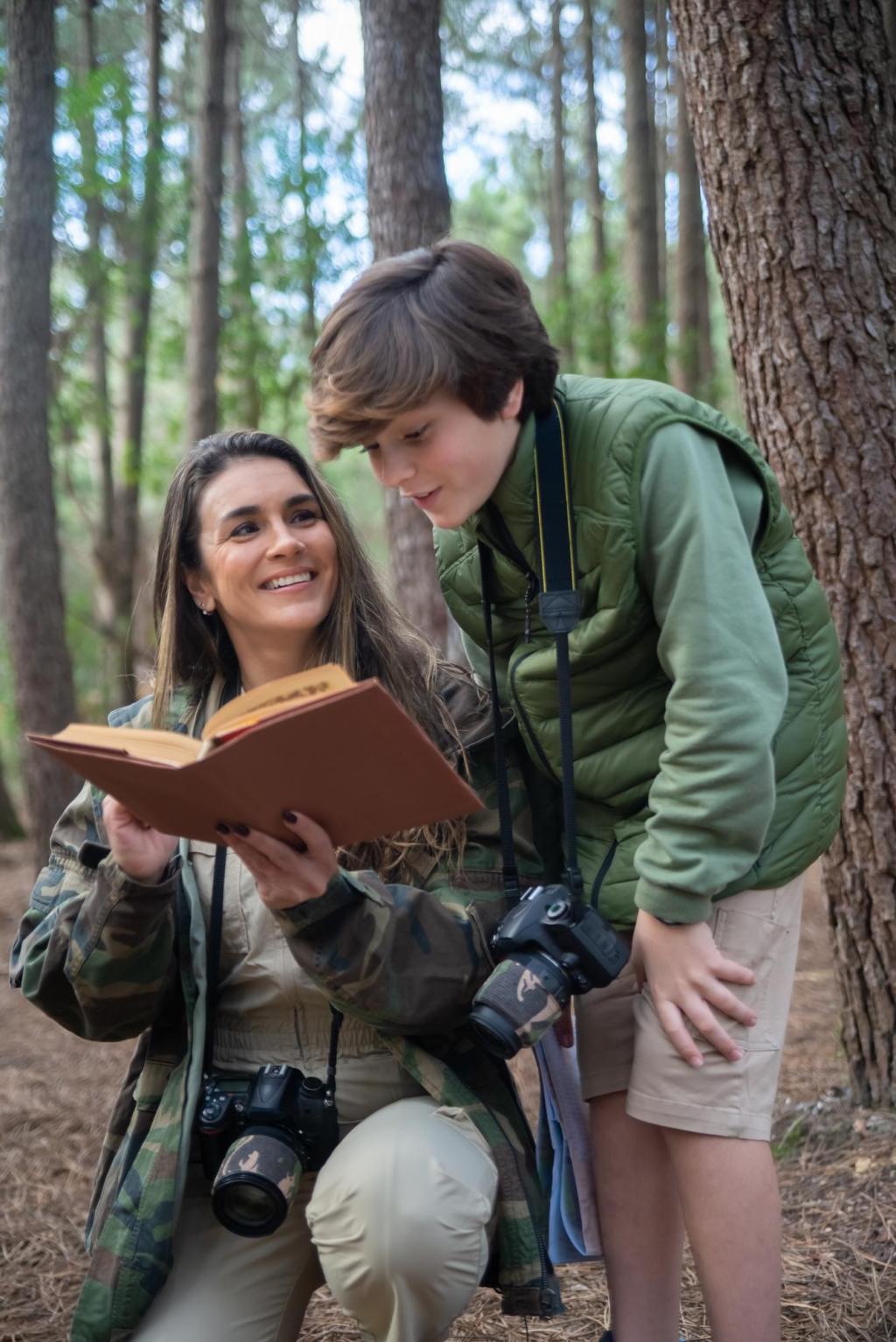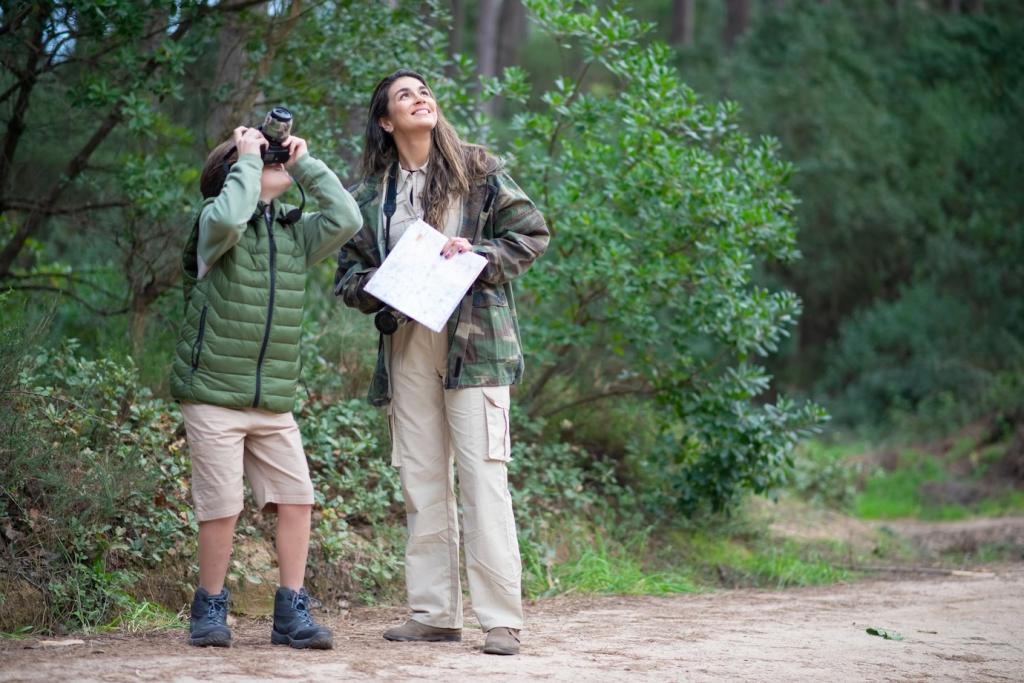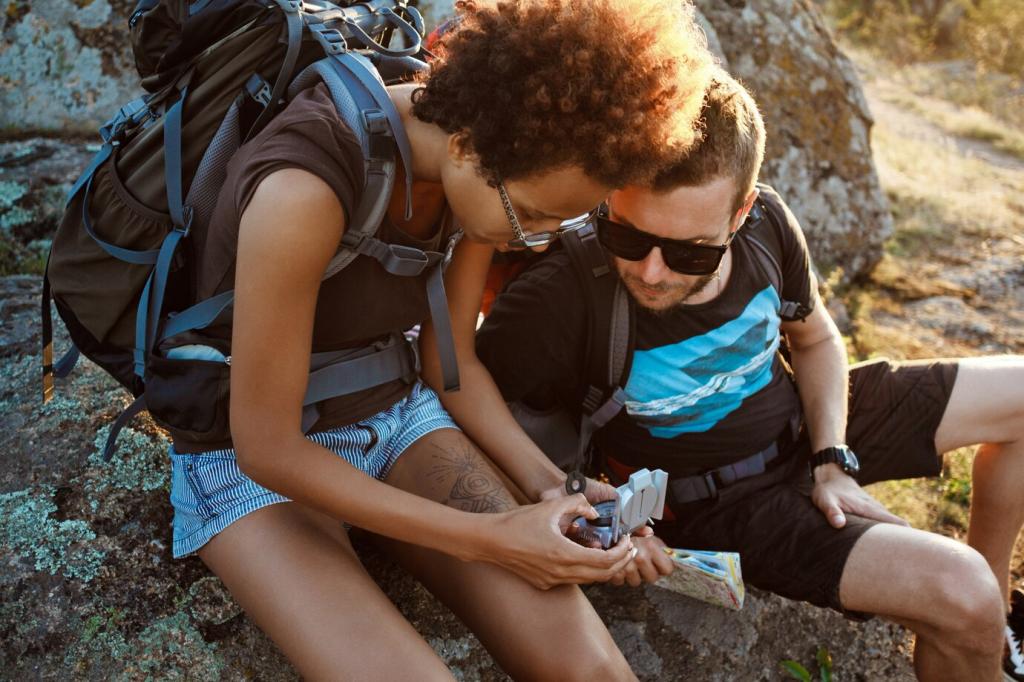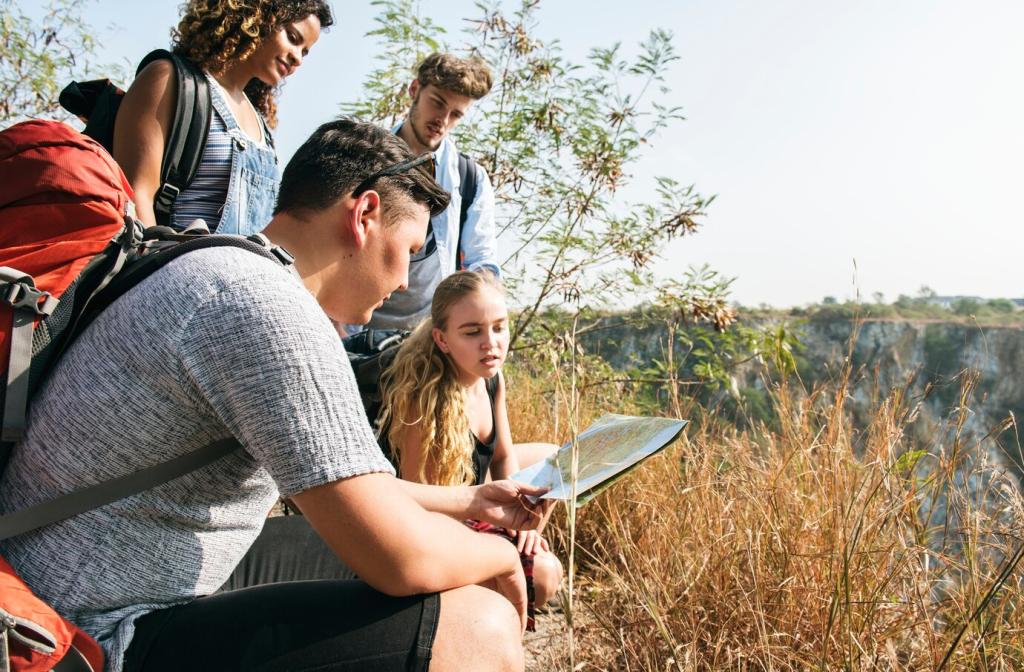Hydration, Nutrition, and Fuel on the Move
Carry a reliable filter and a chemical backup for silty or freezing sources. Pre-filter with a bandana if needed, and protect filters from ice by keeping them close to your body. Hard-sided bottles resist freezing better than soft flasks in bitter wind. Mark your bottles clearly to avoid mixing treated and untreated water.
Hydration, Nutrition, and Fuel on the Move
Aim for steady, digestible calories: carbohydrates for immediate energy, fats for staying power, and a touch of protein to curb cravings. Pack varied textures and flavors to beat palate fatigue. Set a timer to snack every forty-five minutes, because hunger lags behind effort. What trail food do you never leave behind?



